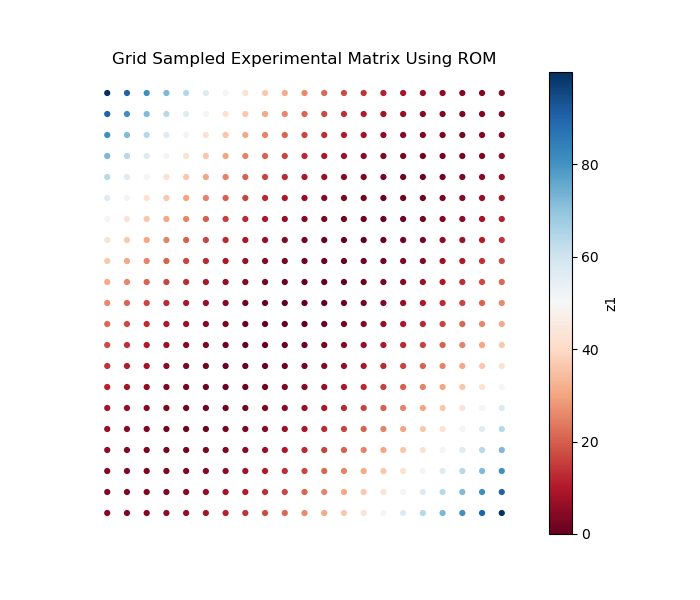An optimal experimental design platform powered with automated machine learning to automatically guides the design of experiment to be evaluated. More information can be found at https://idaholab.github.io/POEM/
pip install sphinx sphinx_rtd_theme nbsphinx sphinx-copybutton sphinx-autoapi
conda install pandoc
cd doc
make html
cd build/html
python3 -m http.serveropen your brower to: http://localhost:8000
conda create -n poem_libs python=3.10
conda activate poem_libs
pip install poem-ravenframework
git clone [email protected]:idaholab/POEM.git
cd POEM/tests
poem -i lhs_sampling.xml
or test without run
poem -i lhs_sampling.xml -nr
or
poem -i lhs_sampling.xml --norun
- Material thermal property modeling
- Design parameter optimization with multiple objectives
- Determining where to obtain new data in order to build accurate surrogate model
- Dynamic sensitivity and uncertainty analysis
- Model calibration through Bayesian inference
- Data adjustment through generalized linear least square method
- Machine learning aided parameter space exploration
- Bayesian optimization for optimal experimental design
- Pareto Frontier to guide the design of experiment to be evaluated
- Sparse grid stochastic collocation to accelerate experimental design
- LHS pre-samplings to simulate experiments
- Train Gaussian Process model with LHS samples, and use Grid approach to sample the trained Gaussian Process model
- Utilize Bayesian Optimization with pre-trained Gaussian Process model to optimize the experimental design
https://media.github.inl.gov/user/161/files/9021d2e6-b6b0-4c8f-96e0-3d0005f03cd4
Bird Constrained Function
- LHS pre-samplings to simulate experiments
- Train Gaussian Process model with LHS samples, and use Grid approach to sample the trained Gaussian Process model
- Utilize Bayesian Optimization with pre-trained Gaussian Process model to optimize the experimental design
https://media.github.inl.gov/user/161/files/86dc8928-7017-4a4b-893c-f77286ded0d4
- Regression based method
- Sobol index based method
A python analytic problem with 50 responses, three input parameters with uniform prior distributions.












